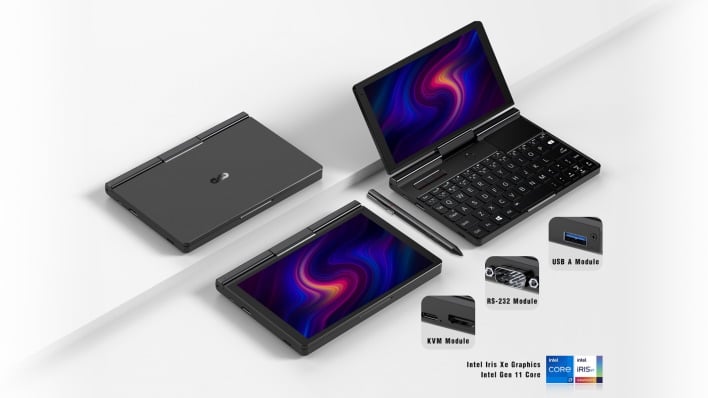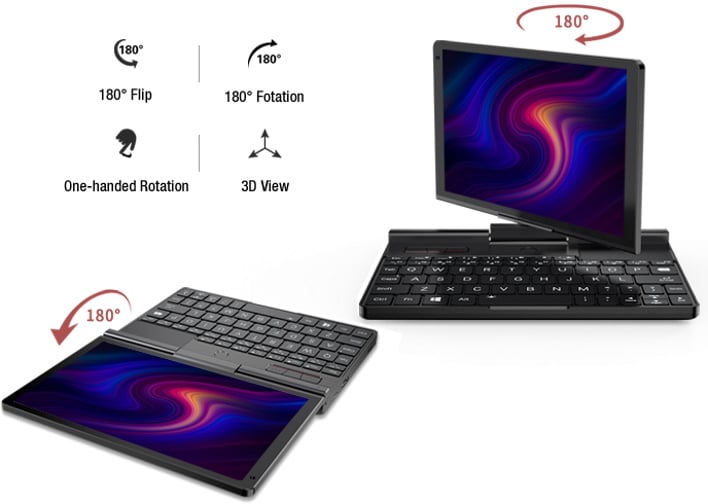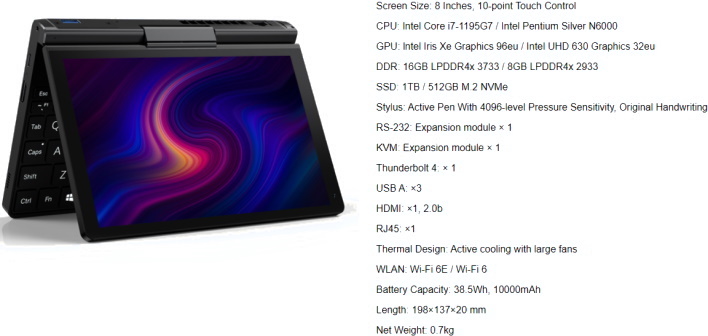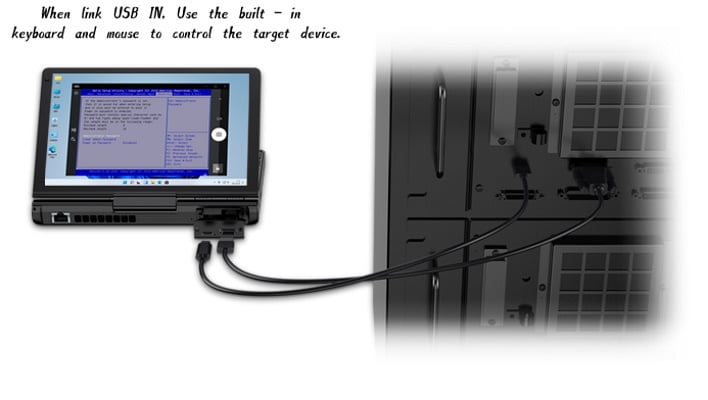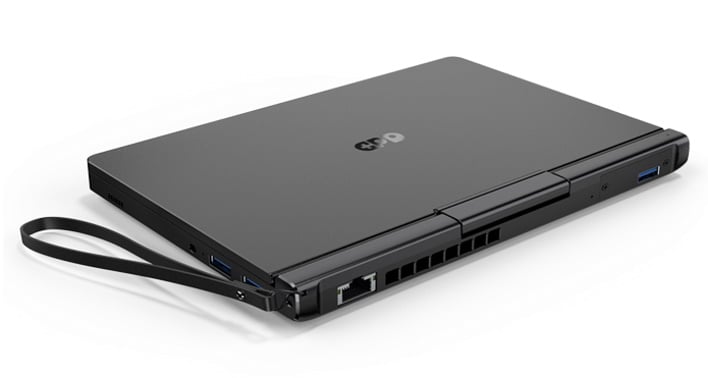GamePad Digital should be a fairly familiar name to hardware enthusiasts these days, although you've more likely heard the name in short form:
GPD. Starting with the original GPD Win in 2016, the company has continued releasing its curious little palmtop PCs that, while not perfectly suited for any particular use case, run regular old Windows with bone-stock Intel processors. That makes them quite versatile indeed.
GPD primarily sells two lines of ultra-mobile PCs: the Win and the Pocket. The Win
models are
gaming-focused and come with game controllers built-in, while the Pocket series is more aimed at professional customers, with a somewhat more mature industrial design and features aimed at non-gaming enthusiasts.
The Shenzen, China-based vendor of portable PCs just wrapped up its latest Indiegogo campaign, this time for the GPD Pocket 3. The campaign was a success, raising $1.3M USD from 1,273 backers before it ended on Monday. Looking at the Pocket 3, it's not hard to see why.
Fundamentally, the GPD Pocket 3 is a handheld PC with an 8-inch IPS LCD in 1920x1200 resolution. The screen offers 180º of rotation horizontally, which is to say that you can turn it around and use it for viewing from high angles, or lay it flat against the keyboard and use the device in tablet mode. The display is a pressure-sensitive touchscreen with pen support; the stylus is included with all models.
Looking at the
GPD Pocket 3, you probably suspect that it comes with some kind of Atom-class processor, and you'd be right—for the cheaper model. About $700 USD gets you a GPD Pocket 3 with a Pentium Silver N6000 SoC. That's a quad-core Jasper Lake chip sporting four Tremont cores clocked at up to 3.3GHz in bursts, and it comes mated to 8GB of memory and a 512GB NVMe SSD. Likely fine for work, but not super-interesting for enthusiasts.
The more exciting GPD Pocket 3 comes with a Tiger Lake Core i7-1195G7. That's a quad-core chip that can turbo all the way up to 5GHz, and it includes an Xe-based integrated GPU with 96 EUs (768 shaders). Combine that with 16GB of LPDDR4X memory running at 4266 MT/s and you have a recipe for serious handheld performance. The high-end model comes with a 1TB NVMe SSD, and it also gets
Wi-Fi 6E and Bluetooth 5.2 support where the cheaper model gets Wi-Fi 6 and Bluetooth 5.0. Both models also get 2.5G wired ethernet with a built-in RJ-45 jack.
Other jacks on GPD Pocket 3 include a USB Type-C port with support for USB 3.2 Gen 2 on the Pentium model, and Thunderbolt 4 on the fancy one. A full-sized HDMI 2.0b port lets you connect to TVs and such, and another pair of USB 3.2 Gen 2 ports, this time Type-A, let you hook up more external peripherals. There's a fingerprint reader on the power button, a 3.5mm audio jack, and a small touchpad placed above the keyboard with the buttons on the left side. It's intended to be used with both hands while holding the device; quite clever for an ultra-mobile.

Neither the screen nor the specifications are the most interesting part of the GPD Pocket 3, though. Around the back of the machine you'll normally find a third USB 3.2 Gen 2 Type-A port. That port is removable, and it can be replaced with either an old-school DB9 serial port for RS-232 communications, or a module that includes a USB Type-C connection and an HDMI port. Unusually, though, that module is for input, not output. When in use, it serves as a hardware-level KVM, which lets an external device (such as a server without its own display or keyboard) use the GPD Pocket 3's internal screen, keyboard, and trackpad as if they were its own.
Those modular features could make the GPD Pocket 3 an excellent companion for system administrators and network technicians who need capable performance and a fully-functional PC that they can slip in a hip pouch or, in roomy cargo pants, literally in a pocket.
Even though the Indiegogo campaign has concluded, you can
still order from (very) limited supplies of the GPD Pocket 3 if you hurry. The basic model with a Pentium Silver costs about $700 after conversion from Hong Kong dollars, while the more expensive Core i7 version starts at $1,050. Neither of those prices include the KVM module or the serial module, though; to get those you'll need to throw in another $80. You'll probably want to budget another $25 for the case, too, as otherwise there's nowhere to put the stylus. GPD expects the Pocket 3 to ship next month.
